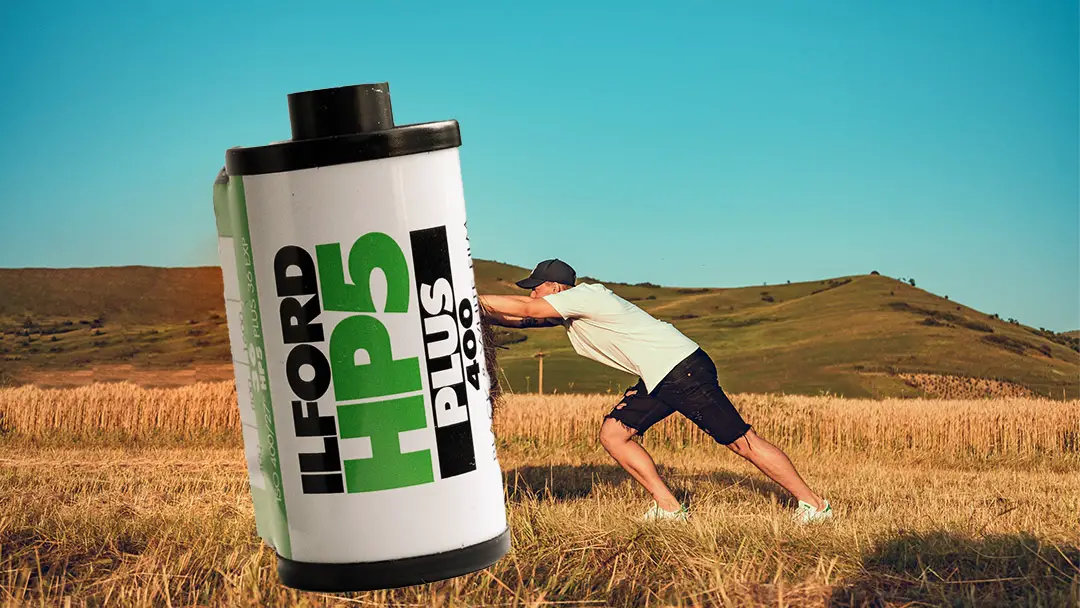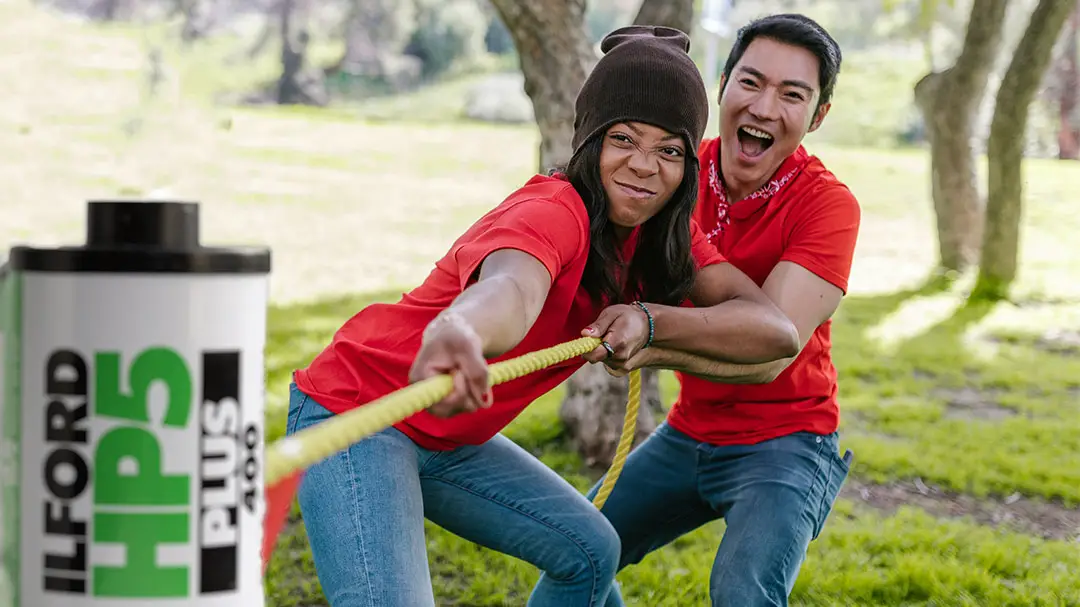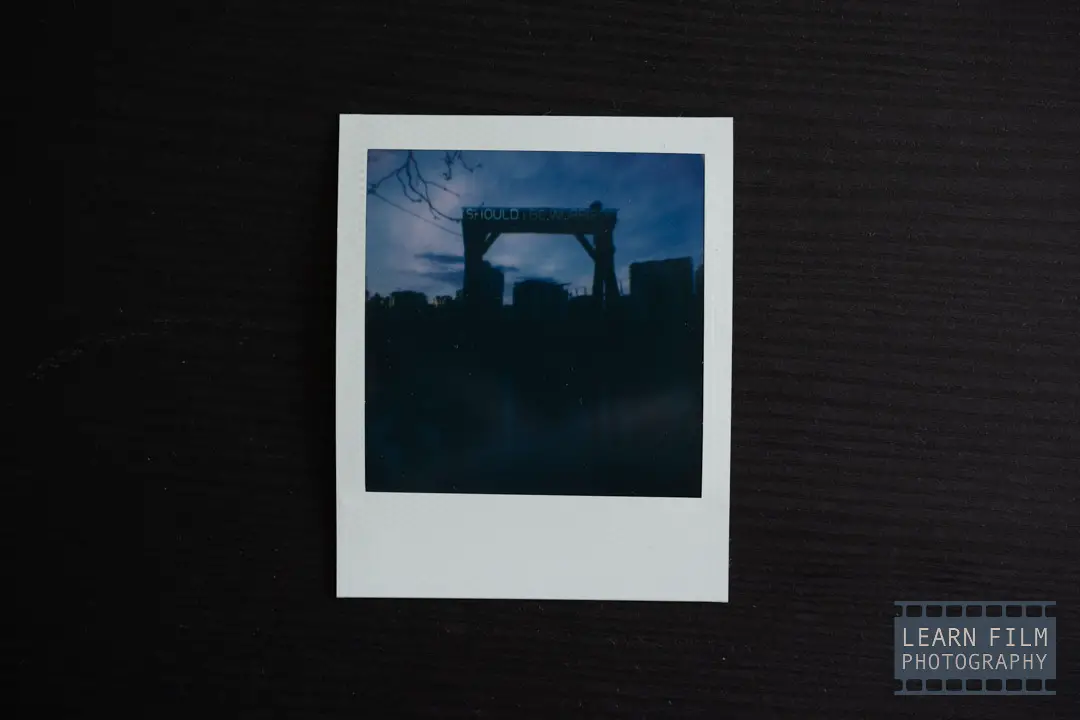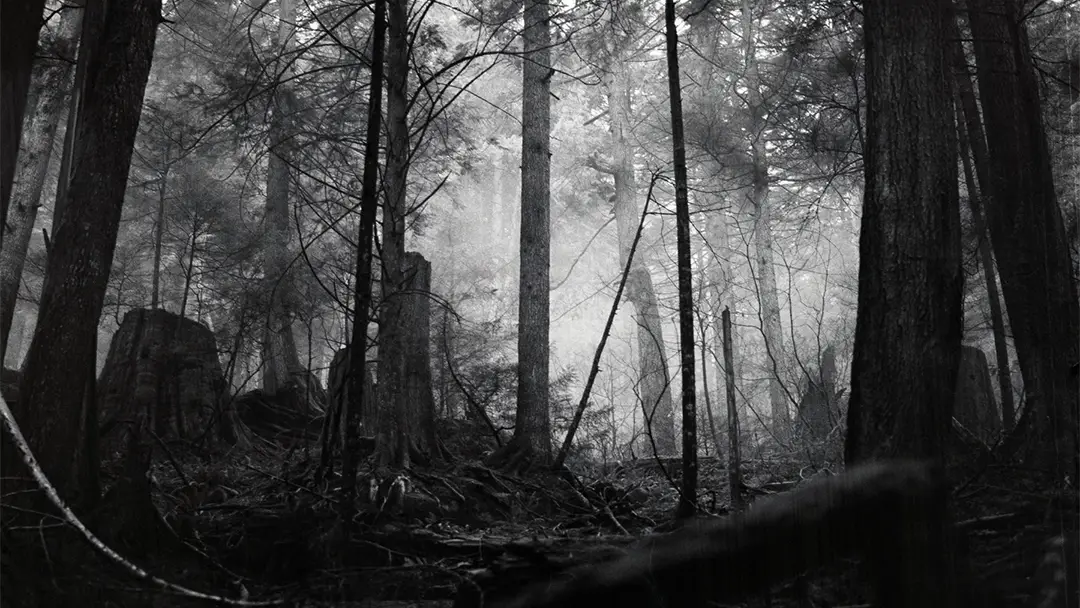Every roll of film comes with an ISO value on the box that photographers treat as their gospel. But there will always be situations where that one single number can become limiting, such as when you’re the type of photographer who keeps the same roll in their camera for a month or longer. Chances are, the conditions are going to change out of that film’s favor at least once.
I’m the type of photographer who likes to take everything to the extreme. Over the years, I’ve pushed (and pulled) the limits of my film stocks in many situations and have learned a lot about how this medium operates.
So that leaves the question, can you change the ISO of your film?
It is possible to change the ISO of your negative film both before shooting and mid-roll. Most negative film can be exposed 1 stop over and under on the same roll and developed normally without ruining the images on the roll.
Most color negative and black and white films contain enough dynamic range to tolerate changes in exposure without reducing the image quality or needing to push or pull your film in development. That means if you’re shooting a roll of Tri-X, you can shoot the same roll between ISO 200 and ISO 800 without changing the way you develop it.
However, color positive (also known as slide film) does not have good exposure tolerance and should always be shot as close to box speed as possible.

Which films have the most exposure tolerance?
Not all film is created equally. Some film stocks will tolerate changes in exposure more than others.
The absolute best color films for exposure tolerance are film stocks like Kodak Portra 400, Portra 160, as well as Kodak Vision cinema films. For black and white, the film with the single best exposure tolerance is Ilford HP5+, XP2, and Delta 3200 (which you can find on Amazon here). All of these films can tolerate being shot between 1 stop underexposed and 2 stops overexposed on the same roll and developed normally.
Color films are especially tolerant of overexposure, and can often be overexposed by up to 3 stops without seeing much of a difference in image quality. This has to do with the C41 process. Color dyes don’t typically block up as badly as silver in black and white films, allowing for more tolerance. Of course, at a certain point, color film will still look flat if it’s overexposed too much.

How do I change the ISO of my film mid-roll?
How you change the ISO mid-roll will depend on your camera.
If you have manual control over your camera, simply make your shutter speed faster or slower than what your light meter says. On automatic cameras, you may be able to change the ISO mid roll, although some cameras will not allow this change.
If your camera doesn’t allow you to change the ISO mid-roll, then you will have to use exposure compensation to trick your camera into using a different shutter speed than the meter recommends.

Can I overexpose film that I plan to push in development?
One situation that I run into often when shooting film is having a roll in my camera that I shot normally for the first half, but then I see an awesome composition in a darker situation. When that happens, I often like to use a shutter speed that’s fast enough to handhold the camera — even if that means shooting an ISO 400 film like it’s ISO 800 or even 1600.
When I shoot film like this, I usually like to push the film in development to ensure those darker images turn out. The (now overexposed) shots that were taken at ISO 400 will still develop well — they’ll just have a little more contrast than normal.
The important thing to recognize is that you cannot bring out details that were never recorded on film in the first place. When you push film, you are simply giving the developer more time to potentially find more developable grains, but inevitably, it will make the negatives more contrasty.
If you’d like to learn more about why this happens, check out this article on how film grains work. But in the meantime, if you’re pushing film it’s absolutely okay to overexpose some of the images on the roll by shooting at box speed. For the most part, film is very tolerant to changes in exposure, and you’ll still come back with some good images.

Which films do not tolerate changes in exposure?
There are a few types of film that do not tolerate changes well. Most negative films will be able to handle changes in exposure well, but cheaper films like Fomapan and Kentmere do struggle a bit more than others. Yet these films are still way more flexible than the others in this section.
The primary film stocks that will not tolerate changes in exposure on a single roll are slide films like Kodak Ektachrome, or Fuji Velvia and Provia. These are color positive, or slide film, which have a very low dynamic range compared with color negative films like Portra or Fuji Pro 400H.
The next type of film is instant film like Polaroid and Fuji Instax. Instant film has the lowest dynamic range of all film stocks and cannot tolerate any changes in exposure. These films also cannot be pushed or pulled — changing the exposure (on cameras where you have that control, like the MiNT SLR 670) typically just means the images come out looking sad.

Final thoughts
Film is a lot more tolerant of mistakes than people give it credit for. I’ve shot a lot of film and often done so poorly, yet I’ve still come out with great images.
Film definitely doesn’t contain as much shadow details, or resolution when it’s underexposed. But there are many times when if you exposed it properly, the image would have come out blurry from using too slow of a shutter speed. In those cases, I’d always rather underexpose the film than risk having a blurry, useless photograph.
Sure, it’s always best to expose it properly. But there just isn’t always time for that.

By Daren
Daren is a journalist and wedding photographer based in Vancouver, B.C. He’s been taking personal and professional photos on film since 2017 and began developing and printing his own photos after wanting more control than what local labs could offer. Discover his newest publications at Soft Grain Books, or check out the print shop.
